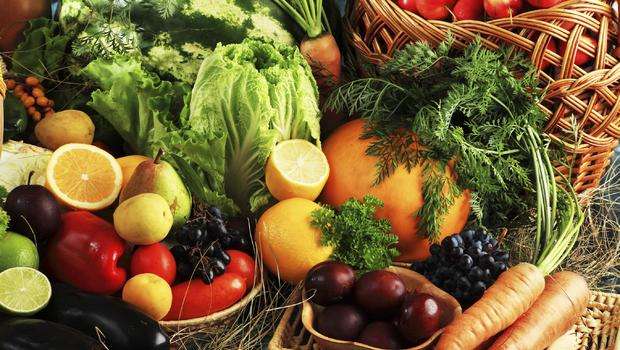In today’s fast-paced world, people have become increasingly conscious about their diet and its impact on their health. Healthy food and junk food are two types of food that people often debate about. While healthy food is known for its nutritional value and positive impact on health, junk food is usually associated with health problems. This article will discuss the pros and cons of healthy food vs junk food from a neutral perspective. Read on to find out!
1. Nutritional Value
One of the most significant advantages of healthy food is its high nutritional value. Fruits, vegetables, lean meats, and whole grains are all excellent sources of essential nutrients such as vitamins, minerals, and antioxidants. On the other hand, junk food is generally low in nutritional value and high in calories, saturated fats, and sugars. This can lead to malnutrition, weight gain, and various health problems, including obesity, heart disease, and diabetes. People can also make small changes in their dietary habits, such as incorporating more fruits and vegetables and reducing their sugary and fatty foods intake. By doing so, they can enjoy the benefits of healthy food without sacrificing taste and satisfaction.
2. Convenience and Affordability
One of the primary disadvantages of healthy food is that it can be less convenient and more expensive than junk food. Healthy food often requires more preparation time and can be harder to find in some areas, especially in low-income communities. In contrast, junk food is widely available and can be purchased at lower prices. This makes it more accessible to people with busy lifestyles or limited financial resources. It’s also worth noting that healthy food can positively impact mental health and well-being, as certain nutrients and vitamins can improve brain function and mood. This can be an essential factor to consider when choosing between healthy food vs junk food.
3. Taste and Satisfaction
People often prefer junk food because of its taste and immediate gratification. Junk food is high in sugar, salt, and fat, activating the brain’s pleasure centers and making people feel good. However, healthy food can also be delicious and satisfying when appropriately prepared. Moreover, healthy food can provide more prolonged satisfaction due to its high fiber and protein content, which helps people feel full and satisfied for longer. Incorporating healthy food into one’s diet can also help prevent chronic diseases such as cancer, cardiovascular disease, and diabetes. Individuals can improve their overall health and quality of life by making healthier choices.
4. Environmental Impact
Healthy food is generally more environmentally friendly than junk food. Healthy food is often grown without harmful pesticides and chemical fertilizers, which can harm the soil, water, and air. In contrast, junk food is often made with processed ingredients that require more resources and produce more waste. The production and transportation of junk food also contribute to greenhouse gas emissions, contributing to climate change. Another benefit of choosing healthy food is that it can support sustainable agriculture and farming practices. By supporting local farmers and choosing organic, non-GMO, and sustainably produced food, individuals can help promote a more sustainable and environmentally friendly food system.
Conclusion
In conclusion, there are benefits and drawbacks to eating healthy food vs junk food. While healthy food is generally more nutritious and environmentally friendly, it can be less convenient and more expensive than junk food. On the other hand, junk food is often cheaper and more readily available, but it can lead to health problems and hurt the environment. Ultimately, people must find a balance between the two and make informed choices based on their needs and circumstances.

